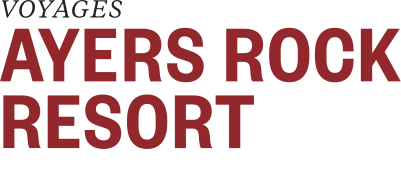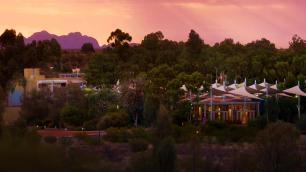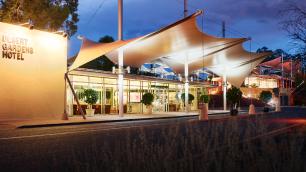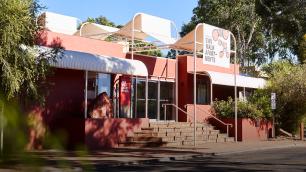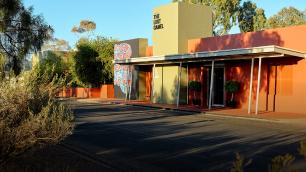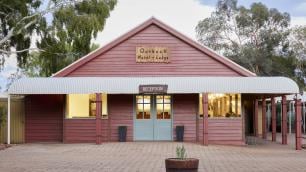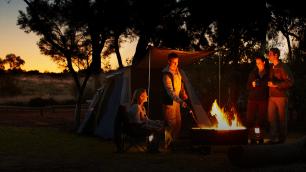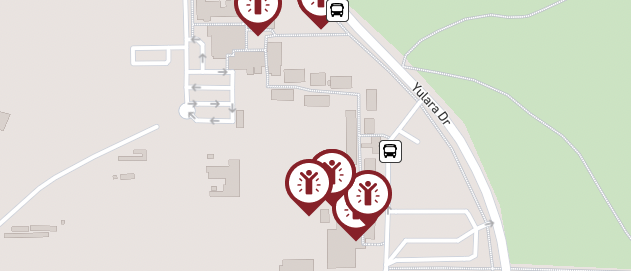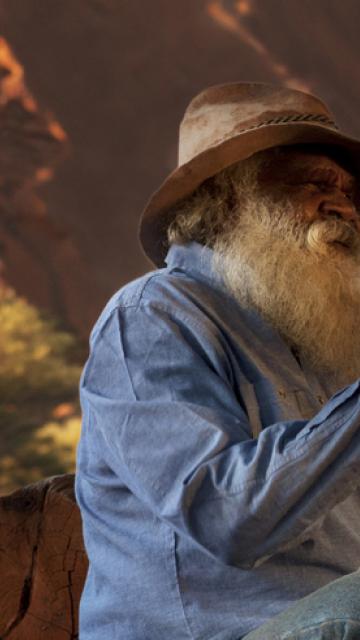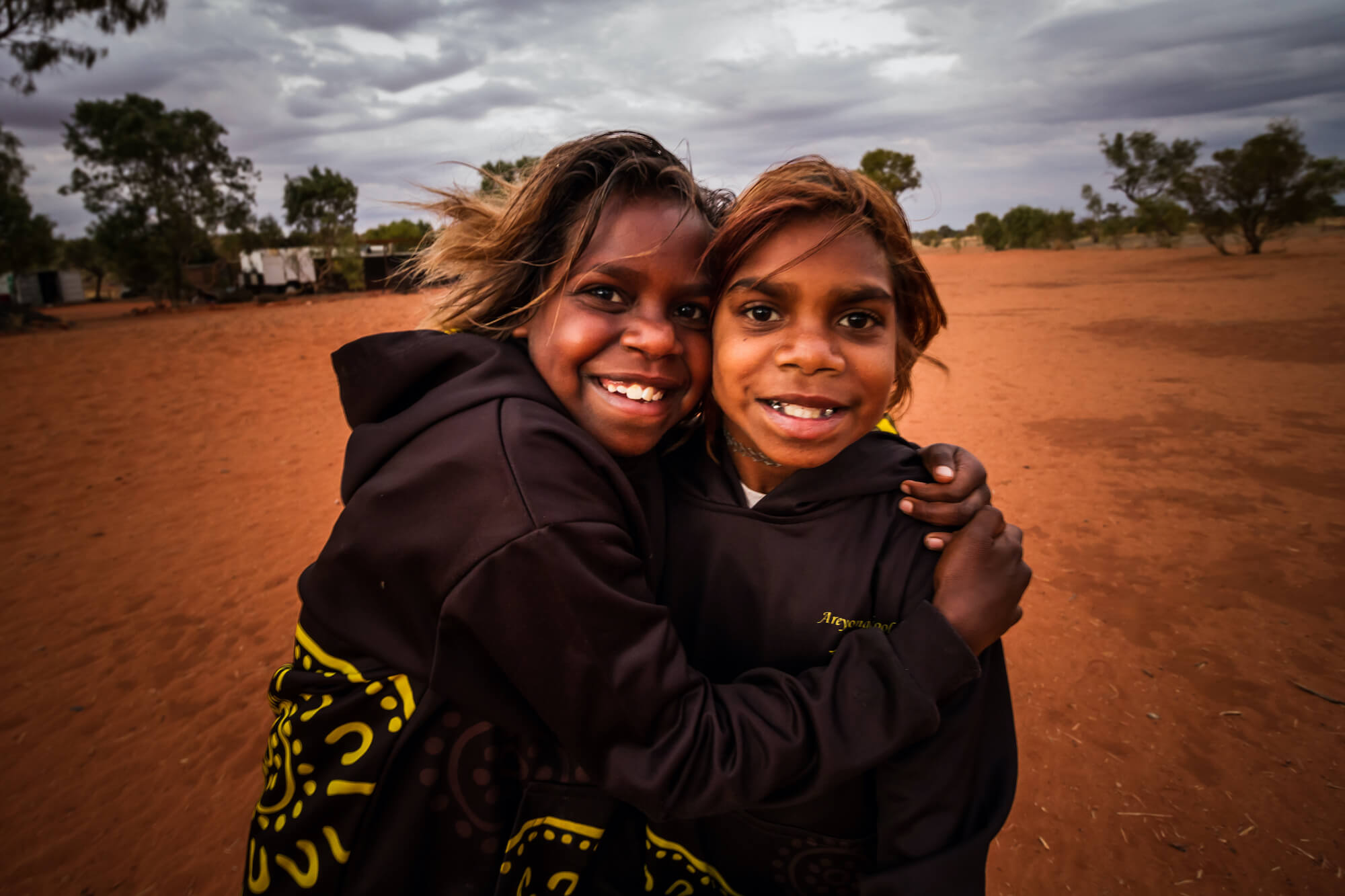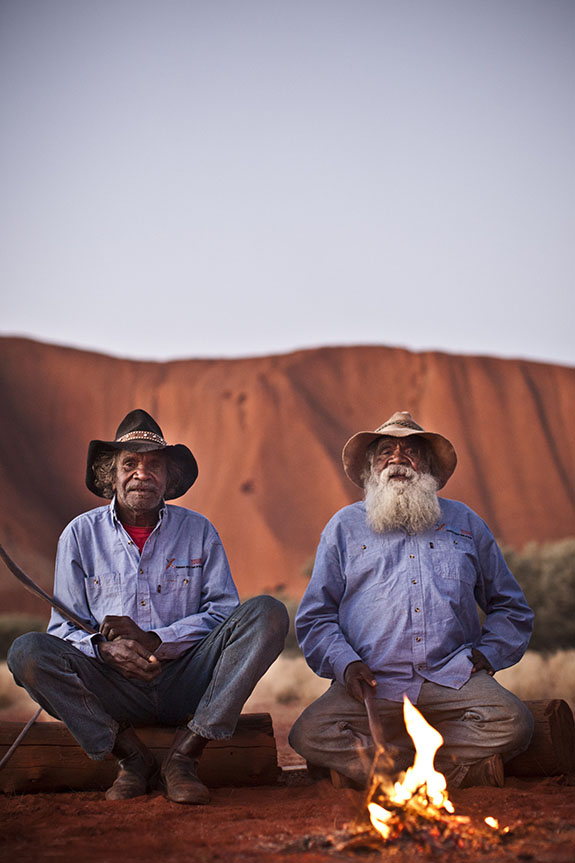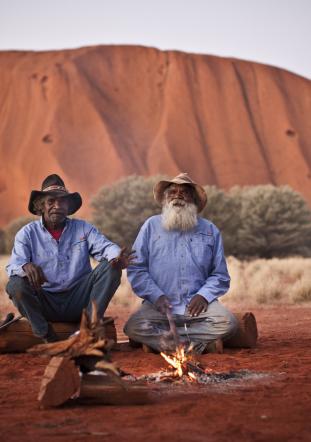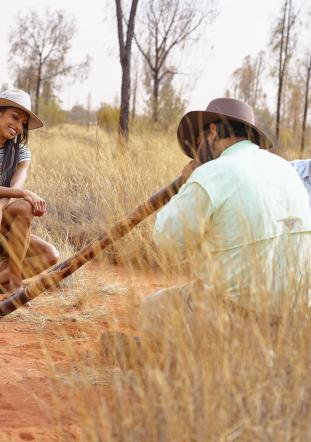Voyages Indigenous Tourism Australia operates properties in regions of Australia with strong Indigenous populations, including the Anangu local to Uluru, in the Red Centre, and the Kuku Yalanji, who live around Mossman Gorge. Through organisations like the Anangu Communities Foundation, Voyages supports development of these communities, and funds raised are used in areas such as health care, children’s programs, and education. The National Indigenous Training Academy provides educational and employment opportunities for Indigenous people, who often end up building long-term, successful careers at Voyages while acquiring transferable skills in a number of growing industries.
More than 40% of the workforce at Voyages is Indigenous and we’re excited to be able to share authentic, immersive educational experiences with our guests to introduce them to local cultures and help foster a deeper understanding and respect for our Indigenous neighbours.
At Ayers Rock Resort, many Indigenous experiences are free of charge, and all guests are encouraged to check out one – or all – of these offerings! A great place to start is Bush Yarns, a 30-minute tour during which you’ll see Anangu men’s traditional hunting weapons and women’s tools for gathering bush tucker in the desert. Listen to local legends and stories – you might even pick up a word or two of Pitjantjatjara along the way!
Feeling hungry for knowledge and dinner? The Sacred Sites & Sunset BBQ is for you – learn about the beliefs of Uluru’s traditional owners and discover the significance of Aboriginal rock paintings and sacred sites before savoring a delectable BBQ meal under the sparkling, starry sky.
If you’re in Queensland, the Mossman Gorge Centre’s Ngadiku Dreamtime Walks are a wonderful way to get familiar with the local Kuku Yalanji culture and explore the world’s oldest living rainforest at the same time. Ngadiku means “stories and legends from a long time ago” in Kuku Yalanji language, and you’ll get just that during this immersive guided tour – see culturally significant sites, experience a traditional “smoking” ceremony, and see customs like making bush soaps and ochre painting in action.
Wherever you are located, please take a few minutes on 9 August to reflect on the contributions Indigenous peoples around the world have made, and continue to make – learn about an Indigenous artist or activist, master an Indigenous greeting (we’ll help you with this one: “Palya” is the Anangu word for both hello and goodbye!), and consider donating to an organisation such as the Anangu Communities Foundation. And, when the time is right, we’d love to introduce you to our local cultures first-hand at Ayers Rock Resort and Mossman Gorge!
